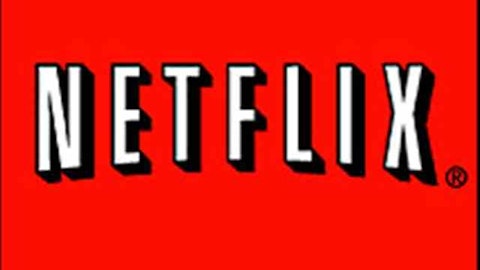Disney broke ranks last year and Netflix, Inc. (NASDAQ:NFLX) has the right to exclusively stream new Disney releases starting in 2016. Sources say Netflix will pay $350 million per year – a large premium to the $200 million per year Disney currently collects. Money talks and it seems unlikely content costs are going to moderate.
At present, margins are low and cash flow has shrunk as Netflix, Inc. (NASDAQ:NFLX) transforms its business. It’s a matter of scale and as the base grows, the costs are spread over a larger number of subscribers improving margins. It’s critical that Netflix keeps adding subscribers at record numbers. Each quarter that exceeds expectations in adds keeps the share price moving up
Is the streaming model profitable?
Right now it doesn’t matter.
At present, margins are low and cash flow has shrunk as Netflix transforms its business. It’s a matter of scale and as the base grows, the costs are spread over a larger number of subscribers improving margins. It’s critical that Netflix keeps adding subscribers at record numbers. Each quarter that exceeds expectations in adds keeps the share price moving up.
Annual combined GAAP margins

The $300 price per share was cracked back in July 2011 when margins were peaking and growth in revenue was 51% for Q2 2011. At that time investors were impressed both by growth and earnings/margins. Diluted earnings per share reached an all-time high in 2011 of $4.16 and cash flow was at $318 million. Impressive growth, high earnings and ample cash flow fueled record high share prices, but that’s changed and the recent run is fed more by the technology and potential than spreadsheet numbers.
Quarterly combined GAAP margins

The last four quarters margins are far lower than the best years 2010-2011. They are improving as scale expands — more subscribers.
Subscription growth

Revenue growth lags 2010-2011 levels — subscribers paying $7.99 per month are not providing the same increases DVDs allowed. One drawback of the streaming model presently is lack of pricing power in a competitive space. Cash flow at $23 million in 2012 is at the lowest level in over 10 years.
A different way to look at margins that explains cash flow
Netflix doesn’t use the cash cost of their content/inventory to calculate gross margins. Their GAAP costs are the amortization of content and that doesn’t perfectly reflect what Netflix spends in a quarter. Until Q1 2013 there wasn’t a way to calculate the cash margin– now we can.
GAAP margins for total streaming (DVDs excluded)

Cash margins for total streaming

Operating margins include only marketing (as reported by Netflix) – Netflix does not provide other expenses by segment. If costs included administrative, R&D, interest, and taxes, operating and net cash margins would be negative. This helps to explain why cash flow is not approaching historic highs even as revenue sets record highs every quarter. The biggest operating segment on a cash basis is not turning a profit.
DVD cash gross margin in Q2 was 51% and the operating margin was 49%. The DVD business remains extremely profitable but subscriber numbers decrease every quarter and revenue was only 22% of total revenue.



